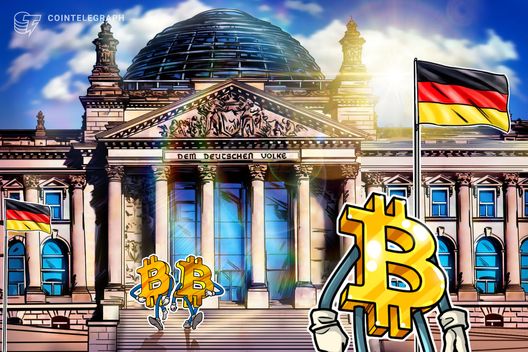- Pump.fun buybacks have offset over 4.2% of the PUMP token supply.
- PUMP’s market cap has rebounded past $1.29B with volumes above $335M.
- Pump.fun has reclaimed Solana dominance with 38k daily active users.
The PUMP token has returned to the spotlight, gaining momentum after a wave of aggressive buybacks by Pump.fun, the Solana-based memecoin launchpad.
Pump.fun’s latest moves have shifted market sentiment, with traders showing renewed confidence in the project’s ability to sustain its position at the heart of Solana’s retail-driven activity.
Buybacks fuel price recovery
Pump.fun has spent heavily on buybacks in August, with more than $62 million worth of PUMP tokens repurchased since the start of the month.
Between August 20 and 26 alone, the platform allocated $10.66 million — equivalent to more than 99% of its revenue that week — towards token repurchases.
Over a two-week stretch earlier in the month, Pump.fun spent an additional $19.26 million to scoop up nearly three billion tokens, trimming the circulating supply by almost 1%.
These buybacks have offset more than 4.2% of PUMP’s total circulating supply to date.
Each repurchase reduces selling pressure and reassures investors that the platform is backing its native asset with revenue generated from its surging activity.
This approach has already lifted PUMP’s price by more than 30% in the past month, helping the token recover from its late July lows.
PUMP market cap rebounds beyond $1 billion
The impact of these moves has been visible in market capitalisation figures.
After tumbling sharply in mid-July, PUMP has climbed back above the billion-dollar mark, reaching around $1.29 billion as of the latest CoinGecko data.
The fully diluted valuation now sits above $3.6 billion, reflecting the scale of long-term potential if buybacks and adoption continue at pace.
Trading activity has also strengthened. In the past 24 hours, PUMP recorded volumes exceeding $335 million, highlighting robust liquidity in a period where broader Solana decentralised exchanges have seen declining participation.
This rebounds positions Pump.fun as one of the most active and profitable applications on Solana, rivalling well-established DeFi players.
Pump.fun dominance draws traders back
Pump.fun’s resurgence is not only tied to buybacks but also to a significant recovery in its market share.
At the start of August, the launchpad accounted for just over 11% of Solana coins.
Within weeks, that share had surged above 90% before stabilising around 62% of sector revenue.
Daily active users on Pump.fun have jumped above 38,000, leaving rivals like LetsBonk with only a fraction of the activity.
This resurgence has been amplified by the success of tokens like $TROLL, which soared 250% in August and reinforced the speculative energy fueling Pump.fun’s ecosystem.
The sheer number of tokens created, more than 293,000 in just two weeks, underscores how the platform has captured the imagination of retail traders seeking quick exposure to memecoin plays.
Outlook remains cautious despite bullish momentum
From a technical perspective, the PUMP token has broken above its short-term moving averages, with indicators such as the Relative Strength Index (RSI) and MACD being bullish.

In addition, the current price of $0.003625 is pressing against the $0.00375 resistance level, a key threshold that traders are watching closely.
A clear break past the resistance at $0.00375 could open the door to a return above $0.004, levels last seen before July’s selloff.
However, there are questions about the sustainability of the aggressive buybacks that cast a shadow on the long-term outlook for PUMP.
Notably, more than half of the circulating supply is still concentrated in early holders, and sudden exchange inflows could spark renewed volatility.
The post PUMP token price gains momentum amid aggressive buybacks by Pump.fun appeared first on CoinJournal.



